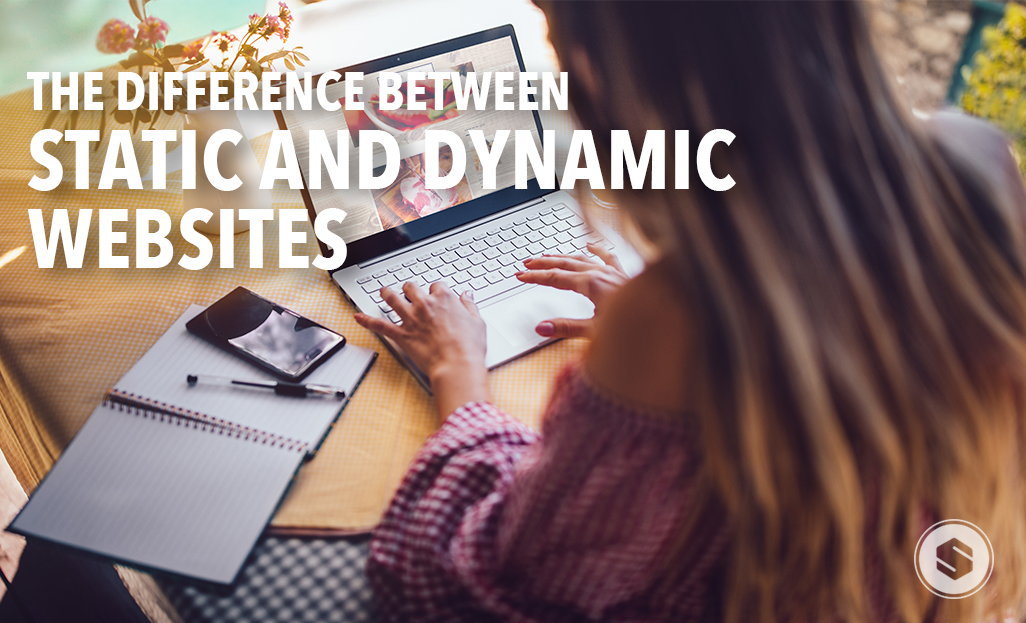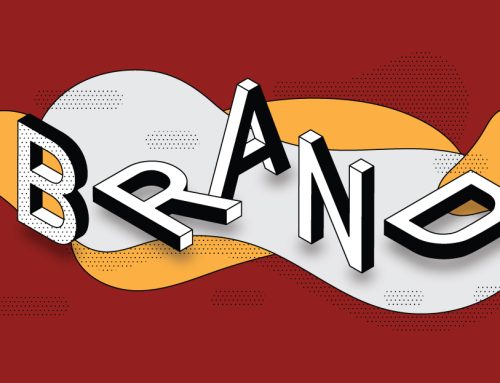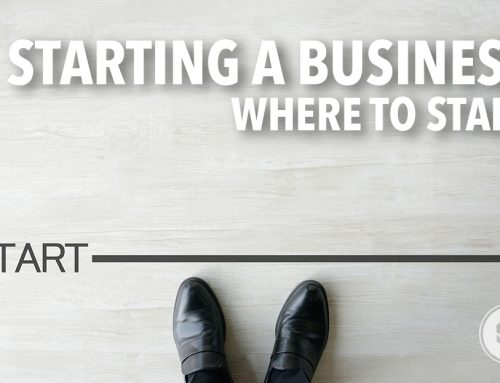We all know having a website is a necessity to stay competitive in this technology based age we live in. However, having a website that is static or poorly designed can be almost as bad as just not having one at all. Read on to learn the differences between a static and dynamic website.
Static Website
- Poor Layout
If your website is hard for users to find what they are looking for or to navigate, your website will not be affective.
- Ignoring Basic Design Principles
While layout and usability is extremely important, the design of a site is right up there with that. If wrong fonts or colors are used, this could cause the text to be unreadable. Out of whack grouping, misalignment and not enough contrast can all lead to poor usability as well.
- Broken Links + Images
Not only is this terrible for your search engine optimization, this can also be a huge frustration for users. It also comes off as unprofessional.
- Irrelevant Content/Buried Key Content
What’s more frustrating than not being able to find what you are looking for on a website? Information not even existing. We have said it before and will say it again, “content is king.” Your website needs to have a good balance of information-users need to be able to find what they are looking for but not have to search for long to find it. It’s important to make sure all content is relevant and to the point while still being informative.
Dynamic Website
- Memorable Web Address
One of the simplest things you can do is to choose an easy to remember web page. Statistics show that web sites with more simple web addresses receive more return viewers.
- Choose a Template/Layout That Is Easy To Navigate
Ease of navigation should always be at the front your a businesses mind when creating their website. The goal is to make it easy for users to find what they are looking for with no confusion. Contact information, products/services and other relevant should be the main focus of your site.
- Little Reliance on Images + Linked Sources
While it’s good to have images and site other sources when needed, images that are too large can slow a site down. Broken images and links are also a point of pain for users and come off as unprofessional.
- Design Convenience
Always choose design elements that contribute to the usability of website. Fonts need to be easy to read. Headlines and titles need to be easy to locate. Colors need to be contrasting enough that they it allows for ease of reading. The overall design should be at minimum easy to navigate and not confusing.
- Be Mobile Friendly
Every website needs to be mobile friendly. The majority of users are now performing their searches on mobile phones or tablets.
While all the listed above seem pretty straight forward and easy to accomplish, a professional web design company has the experience to be able to lead you in the right direction on creating a website that is not only dynamic, but that also has the knowledge to create a site that is easy for your specific audience to use. Give us a shout today to get started on a new site or to help re-design a current one!





